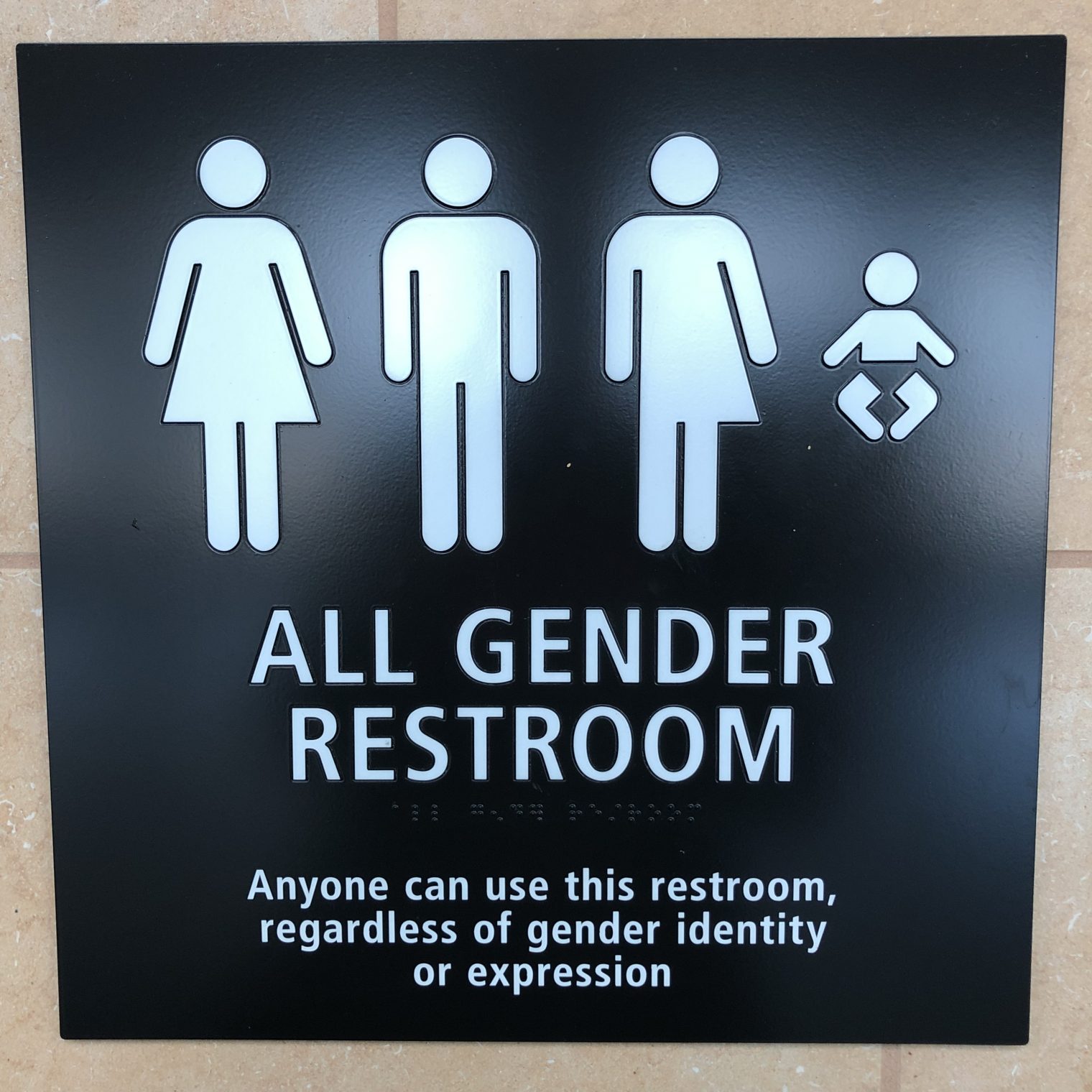Here’s a book cover that shocked me at the San Diego airport:
The Pioneers: The Heroic Story of the Settlers Who Brought the American Ideal West bears a subtitle that makes me wonder how many Native Americans would agree that the white-skinned folks from the East were “settlers” (the land wasn’t already settled? Shouldn’t they be called “migrants”, “invaders”, or “immigrants”?) and/or were bringing “the American ideal” (but maybe the “ideal” included killing and displacing the natives?).
How did this one get through a major publishing house?
Who has read this book? I’m a huge fan of this author’s The Path Between the Seas: The Creation of the Panama Canal, 1870-1914.
Separately, here’s the first photo that I took after arriving in California:


“Settler” is the semi-pejorative term used by many First Nations, especially land-claims activists, to describe non-FN (post-Columbian? Post-Viking?) peoples. I say semi-pejorative because they see it as accurate, and who can argue?
it is very interesting to compare how the US integrated and settled the country versus how the Spanish integrated and settled Mexico and central America and much of South America. In the US case England sent lots of settlers and basically took over the land and country. They did not totally exploit and ship home the spoils. So Native American Indians are a very small and non-integrated in the resulting country. But in Mexico and Central America a huge part of those countries are Aztec Indian in culture and inhabitants. In the Spanish case they did not bring many settlers and instead exploited the land and shipped home the valuables.
So the end countries are very different.
I don’t know how settled the continent was before the arrival of the Europeans. My understanding was a few hundred thousand Indians occupied the continent. Not much evidence that many where here except a little in the Southwest and some movies.
Jack: That is a convenient understanding for Europeans, certainly. Since nobody lived in the Americas, we quickly developed squatters’ rights. And why would the Indians want to live in the Ohio River Valley and other fertile parts of North America when they could instead occupy a desert plateau in New Mexico or Arizona?
For a different perspective, see the deeply researched book 1491: New Revelations of the Americas Before Columbus ( https://amzn.to/2K5f8ux ). From the AMZN description: “Contrary to what so many Americans learn in school, the pre-Columbian Indians were not sparsely settled in a pristine wilderness; rather, there were huge numbers of Indians who actively molded and influenced the land around them.”
You were the dirty occupiers, torturers, and Nazis. My ancestors arrived later.
@Philg: Looks like Charles C. Mann was referring to the American Southwest, Mexico, and further south when he wrote about “Huge numbers of Indians who actively molded and influenced the land around them”.
http://www.unz.com/isteve/charles-c-mann-replies-about-1491/
“I read your blog fairly often so was quite surprised to see you talking about my book. I’m sorry you thought I was being “slippery” in not specifying more often when I was talking about the area north or south of the Rio Grande. You probably saw an artifact of my struggle with terminology. Problem is, the way we divide things up now (splitting the area north of Colombia into North America and Central America) doesn’t fit very well with how things were then, when you had a bunch of related, highly urbanized societies in a region extending from about the Honduras-Nicaragua border to the American SW, and then everything else. In earlier drafts I tried saying when referring to the not-as-urbanized places something like “the area north of the Rio Grande except for the Southwest,” but this was shouted down by my editors. I tried not using that kind of label as much, and hoping the reader would catch on to what area I was talking about, but obviously, that didn’t work for you. My apologies .”
Later there’s a discussion about mound cities of Cahokia and how many people could have lived in such settlements (and how many there were). In general, though, I don’t think there’s good evidence that the northern half of north america was densely populated.
Settlers seems appropriate given how they assimilated into the existing war oriented culture, even if they did not pick up on much of the ritual violence.